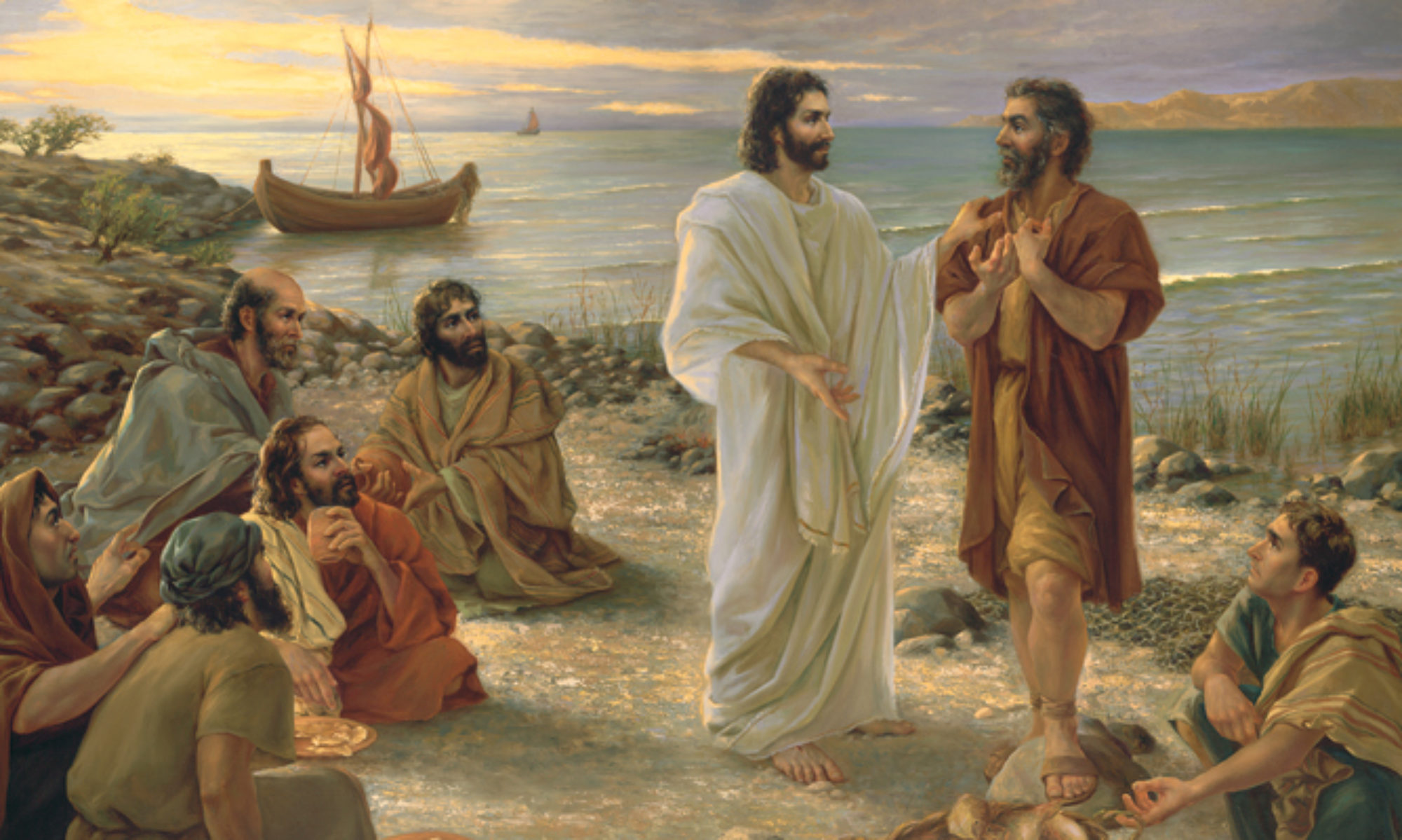
New Curriculum
Starting in January 2018, the curriculum for Priesthood and Relief Society will change. One of the changes involves teaching from General Conference talks. Instead of once a month, and selected by Stake leaders, we will have Gen Con lessons twice a month, and they are selected by the general Church leadership.
I have had some good lessons, and some bad ones, that are based on General Conference talks. There are a few concepts that I hope can help you teach these lessons.
Identify The Underlying Doctrine or Principle
General Conference talks are almost always centered around a specific gospel topic. I think it is important to identify and understand which doctrine or principle is being taught. This allows you to complement the general conference talk, rather than follow the over-used technique of “read, discuss, repeat.” Knowing what the underlying doctrine is also allows you to put a personal touch on the lesson without going off topic.
Identify The Concern Or Issue Addressed
Many General Conference talks come about as a result of current issues that the church faces. Church leaders are actively involved in current, real-time concerns. They travel around the world and meet with local members. Through these meetings, local concerns are discussed, contemplated, and addressed. This provides the leadership with a ground level perspective, and added experience. In addition to traveling, General Church leaders serve on committees. This gives a unique, large-scale perspective on the challenges that we face today. So, when General Conference talks are prepared, they do not spontaneously form out of thin air, but from a wealth of experience and tailored to current needs. As President Ezra Taft Benson taught, “The living prophet has the power of TNT. By that I mean ‘Today’s News Today.’ God’s revelations to Adam did not instruct Noah how to build the ark.”
Action Items
Most conference talks include invitations to act. When teaching from a conference talk, it’s a good idea to extend that same invitation. If the talk is about missionary work, for example, and the speaker extends the invitation to pray for missionary opportunities, it may be appropriate to also extend that invitation. For a talk that has several action items, listing them on the chalkboard is usually an effective teaching method.
Quotable Quotes
Perhaps more so than any other time, we live in a world of quick information. We want more information in a shorter amount of characters. General conference is full of powerful quotes. Here are just a few from the April 2017 conference:
Elder Dale G. Renlund taught, “We must guard against bigotry that raises its ugly voice toward those who hold different opinions.”
Elder Neil L. Andersen observed, “Overcoming the world is being less concerned with our online connections and more concerned with our heavenly connection to God.”
Quotes can be used in many ways. Digging into quotes, by discussion or by using supporting scriptures, can be a great way to teach from General Conference. A whole lesson could be built around the Elder Renlund quote above. Making typed up handouts is another way to use quotes. You can even put a curled ribbon in the corner.
My hope is that these tips will help you as you teach from General Conference addresses and that these types of lessons are edifying, for yourself as well as those you teach.
